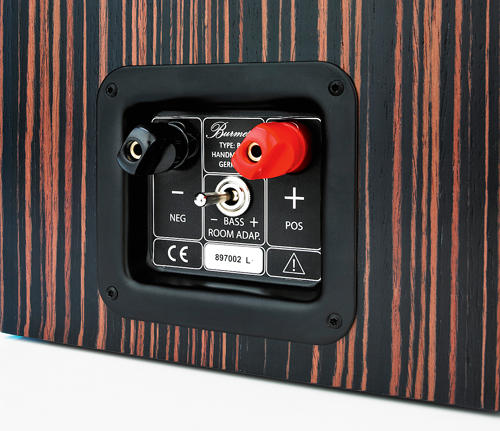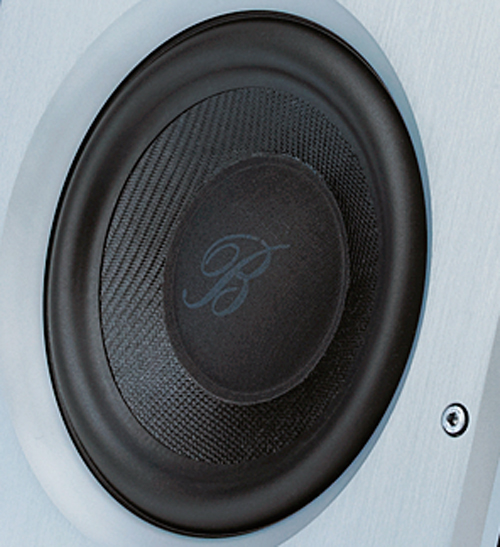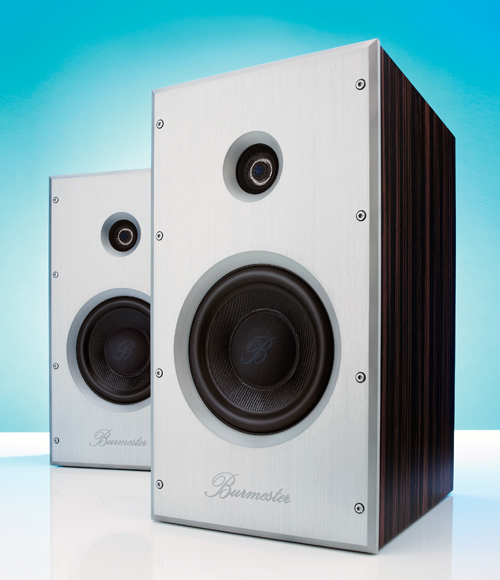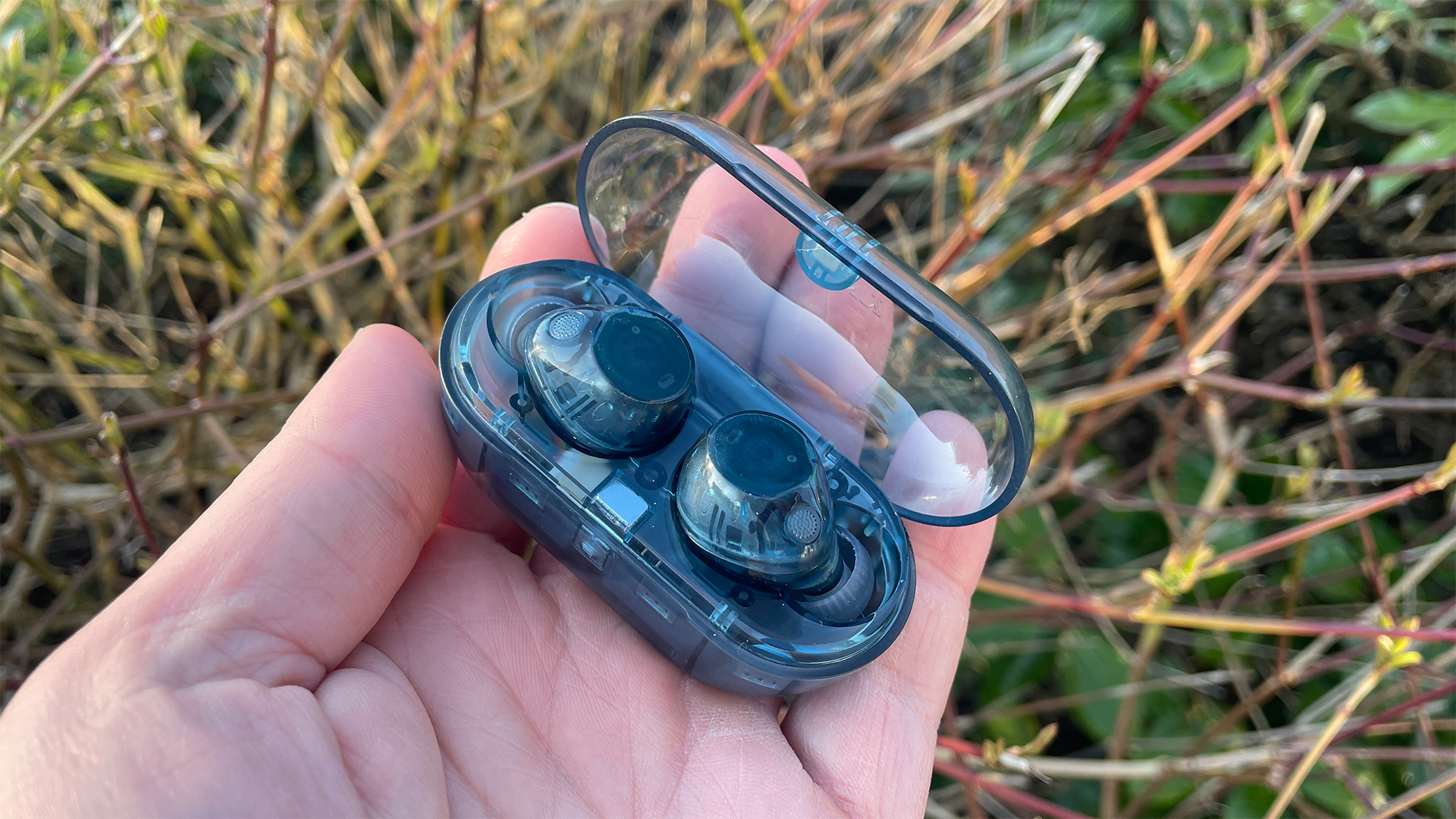What Hi-Fi? Verdict
Proof that Burmester knows how to build great speakers as well as great electronics
Pros
- +
A refined and engaging listen
- +
Impressive insight
- +
Flexible about positioning
- +
Terrific build
Cons
- -
Lacks the high-tech embellishments offered by most rivals
Why you can trust What Hi-Fi?
If you or I wanted a small monitor speaker, we would go out and buy something suitable. Not brand founder and owner Dieter Burmester; he designed his own, and it sparked so much interest in the company that it formed the basis of the Burmester B10.
Take an overview and this appears to be just another rear-ported two-way standmounter. As always, it's all about the details.
The B10's cabinet may look like a conventional wooden rectangular box - it has 19mm MDF sides - but the structure is heavily braced for resonance reduction and is built to obsessive standards with a flawless, real-wood covering and sharply creased edges.
Burmester B10 review: Engineering excellence
The drive units are well engineered. The tweeter is a ring-dome design, and sits above a 17cm glassfibre-coned mid/bass driver. Look round the back and you'll find a single pair of industrial-strength speaker terminals - no biwiring here - and an equally chunky toggle switch to control the amount of bass the speaker delivers.
The combination of that bass switch and a dense foam bung for the rear-firing reflex port gives a degree of adjustment not usually found in speakers such as this. In our main listening room we preferred the B10s with the bass switch set to the negative position - no boost applied - and the reflex port left unhindered. This arrangement gives more natural and tuneful-sounding lows.
While less positionally fussy than many standmounters, the B10s still demand a certain amount of effort to get the optimal results. We found they sound best when placed wider apart than normal, with their axis crossing a little in front of the listening position.
There was also more expansive stereo imaging and a more fluid bass when the speakers were given a decent amount of space to breathe. Positioned like this, the B10s deliver a wonderfully focused and precise sound stage.

Burmester B10 review: Fine frequency integration
The drive units are also beautifully integrated. There's a wonderfully seamless quality to the way the B10s deliver the frequency range.
Like other Burmester components we've heard, there's a small amount of frequency tailoring going on here - a hint of extra sweetness in the treble and just a tiny degree of additional richness in the midrange and bass.
The result isn't wholly neutral, but neither is it so skewed that the tonality of instruments becomes unconvincing. This balance results in an accessible presentation that works well with a wide range of recordings and systems.
Any speaker that stands just 39cm high is never going to shake the foundations with deep bass or party volume levels, and so it proves here.
Burmester B10 review: A bedrock of bass
But feed the B10s something demanding, such as Holst's Mars, and they'll still deliver sizable dynamic shifts with admirable composure, and produce a solid bedrock of bass to underpin the sound.
These monitors may not go hugely deep, but the bass they do produce is agile, well-defined and tuneful.
Move up the frequency range and things get, if anything, better. The XX's Coexist may be a sparse production, but it's beautifully recorded and difficult to reproduce well.
The B10s do brilliantly, delivering substantial, full-bodied vocals that lack nothing for emotion or subtlety. Or power for that matter. A well-behaved treble dovetails nicely into the presentation: it's highly detailed and impressively refined.

Burmester B10 review: Verdict
These Burmesters deliver a really pleasant sound hitched to, say, Roksan's Caspian M2 electronics, but they also have the transparency to make the most of something like Audio Research's LS27/Ref 27 combination. That's an ample sonic stretch for a product at this price.
Put it all together and you have a pair of sweet-sounding high-end standmounters that dig up masses of detail without ever sounding wearing. It's fair to say we're smitten.
See all our hi-fi speaker Best Buys
What Hi-Fi?, founded in 1976, is the world's leading independent guide to buying and owning hi-fi and home entertainment products. Our comprehensive tests help you buy the very best for your money, with our advice sections giving you step-by-step information on how to get even more from your music and movies. Everything is tested by our dedicated team of in-house reviewers in our custom-built test rooms in London, Reading and Bath. Our coveted five-star rating and Awards are recognised all over the world as the ultimate seal of approval, so you can buy with absolute confidence.


